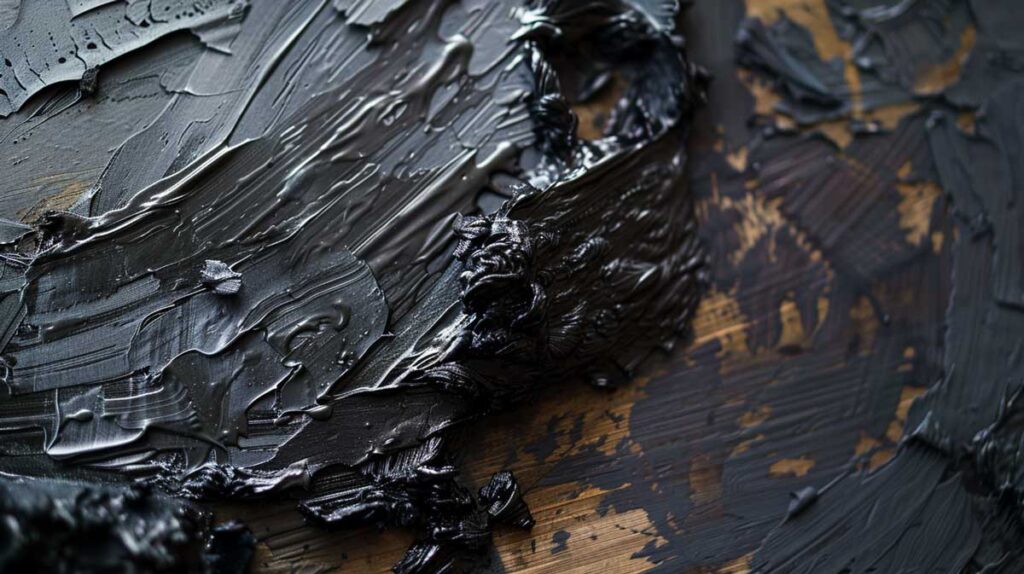
Making Darker Black Oil Colors—Here’s How
Eric Johnson shows us how to make darker black oil colors in his video. Watch now.
@ericjohnsonartist Examples of a polymerized linseed oil would be vacuum bodied linseed oil, commonly marred by the false name “stand oil” even though the “stand oil” that the old masters used was inferior due to partial oxidation. Modern stand oils (vacuum bodied linseed oils) are heated in the complete absence of oxygen. The longer chain polymerization process leads to a lower acid oil with in turn means that they dry very slowly. If used it is important to use it sparingly, otherwise you risk slowing down the paint drying time to an excessively slow rate. If used in excess quantities combined with thick layers of paint you could expect the negative phenomenon of your paint “wrinkling” . The epoxide oil from @natural.pigments is a dicyclopentadiene copolymer linseed oil. It is a reinforced oil that is excellent in paints. Use it in place of natural and synthetic resinous mediums to modestly speed up drying and improve film formation. Both are must haves for painters in my opinion! #howtopaint #paintingtutorial #oilpainting ♬ golden hour – piano version – main character melodies
An example of a polymerized linseed oil is vacuum-bodied linseed oil, commonly marred by the anachronistic name “stand oil,” even though the “stand oil” that the old masters used was inferior due to partial oxidation. Modern stand oils (vacuum-bodied linseed oils) are heated in the complete absence of oxygen. The longer chain polymerization process leads to a lower acid oil, which in turn means that they dry very slowly. If used, it is important to use it sparingly; otherwise, you risk slowing down the paint drying time to an excessively slow rate. If used in excess quantities combined with thick layers of paint, you could expect the negative phenomenon of your paint “wrinkling”. Epoxide oil from Natural Pigments is a dicyclopentadiene copolymer linseed oil. It is a reinforced oil that is excellent for painting. Use it in place of natural and synthetic resinous mediums to modestly speed up drying and improve film formation. Both are must-haves for painters, in my opinion!
For more information on using Epoxide Oil in oil painting, please read this article, Improving The Color Retention Of Oil Paint.

Epoxide Oil is a dicyclopentadiene copolymer of linseed oil. It is a reinforced oil that is excellent for oil painting. Use it in place of natural and synthetic resinous mediums to speed up drying and improve film forming.

Here is vacuum-bound linseed oil with a low acid value and a light color. This stand oil gives a gloss, better-brushing ability, and non-yellowing characteristics compared to other bodied or “stand” oils.







Responses